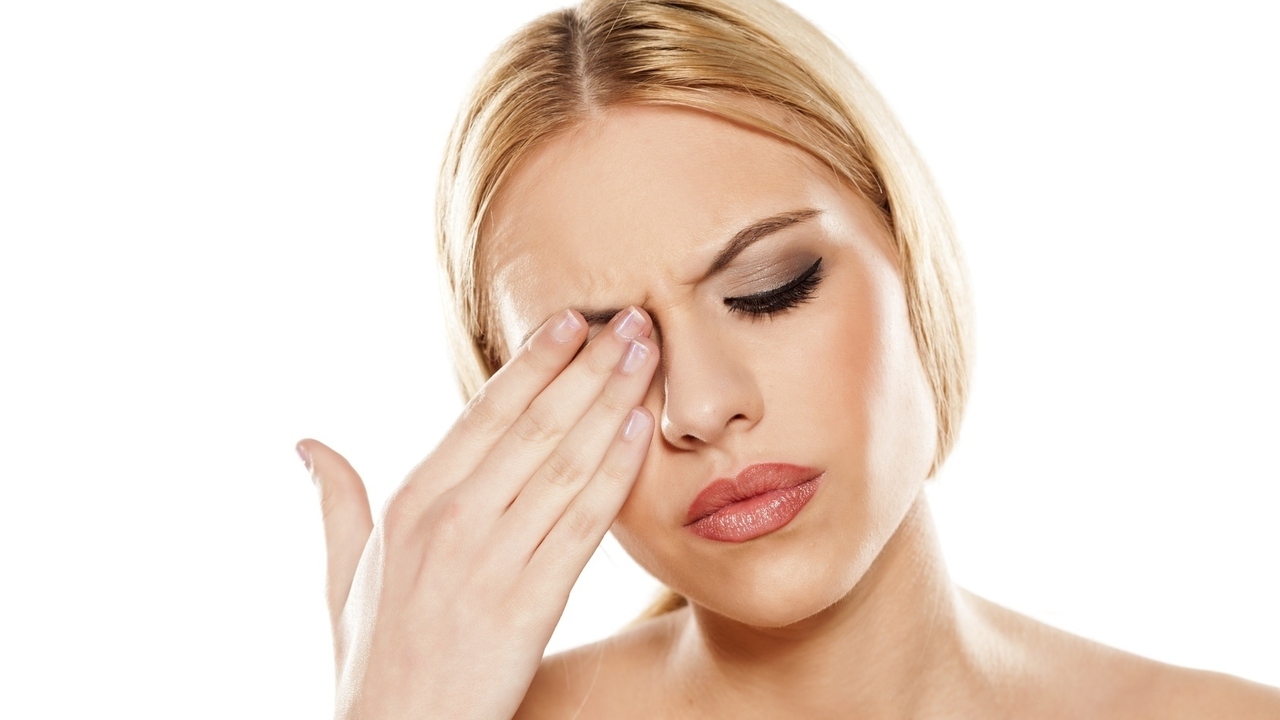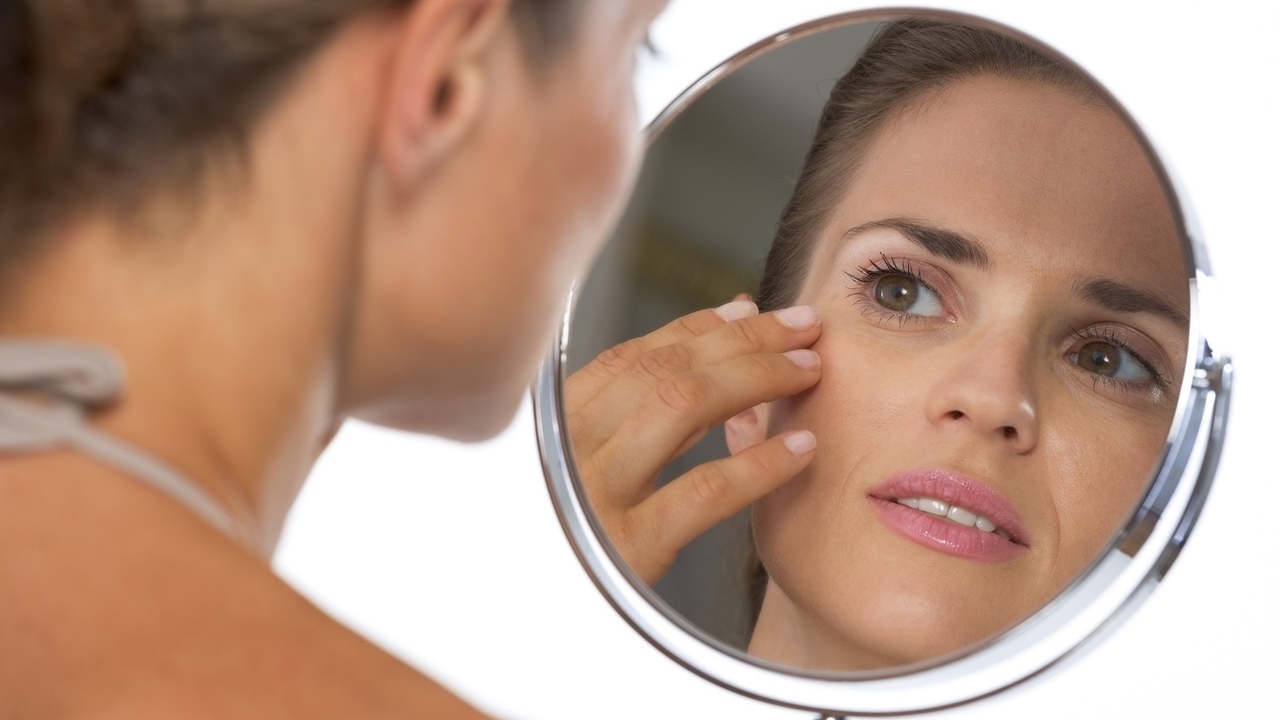Eyes are sensitive to irritation from a variety of chemicals and allergens in our environment. Drugs can have side effects on the eyes too. Fortunately, most of these adverse effects are temporary but even minor eye conditions such as dryness can affect our quality of life.
Dr. Gary H. Cassel lists ten drugs (actually, classes of drugs) that can bother our eyes. In most cases, eye problems clear up when the drugs are discontinued. Eye drops can be used for many of these symptoms, but you don't want to mask the problem in case permanent damage is possible.
1. Antibiotics. Synthetic penicillins can cause red, itchy and dry eyes. Tetracycline can cause similar eye effects plus blurred vision and increased light sensitivity. Sulfonamide effects include watery eyes that are highly sensitive to light. When antibiotics are used in ointments for eye infections, they may cause an allergic reaction with red conjunctiva, tearing, and itching.
2. Antidepressants. Any medication that affects neural functions may also affect the eyes. Tricyclic antidepressants and Prozac may cause blurred vision, inability to focus), dilated pupils, double vision and dry eyes.
3. Antihistamines. These drugs are supposed to dry us out. sometimes they cause too much dryness in the eyes.
4. Appetite suppressants. These include amphetamine derivatives and similar stimulants. They can cause pupil dilation and impaired ability to focus the eyes.
5. Blood pressure medications. Diuretics can cause dry eyes; other types of blood pressure regulators can cause dilated pupils, blurry vision, and light sensitivity.
6. Hormone replacement therapy. Dry eyes are the primary ocular effect. Severe cases develop into superficial punctate keratitis, or SPK, which makes the eyes burn or feel dry, gritty, irritated and tired. There is also an increased risk of blood clots which can damage the retina.
7. Steroids. Prednisone and other steroids used to treat inflammation increase the risk of cataracts and glaucoma.
8. Lovastatin. This cholesterol drug has been associated with cataracts, but the evidence is weak.
9. Tamoxifen. This drug is used to treat breast cancer, and may cause temporary retinal lesions.
10. Chloroquine and hydroxychloroquine. These are the drugs with the worst risk of eye damage. Chloroquine is used to treat malaria and hydroxychloroquine is used for arthritis. Eye exams are recommended at least once every six months to check for retinal damage.
Reference:
Gary H. Cassel, M.D. et al, “A Complete Guide to Eye Disorders and Health”, The Johns Hopkins University Press, 1998.
Linda Fugate is a scientist and writer in Austin, Texas. She has a Ph.D. in Physics and an M.S. in Macromolecular Science and Engineering. Her background includes academic and industrial research in materials science. She currently writes song lyrics and health articles.




Add a CommentComments
There are no comments yet. Be the first one and get the conversation started!